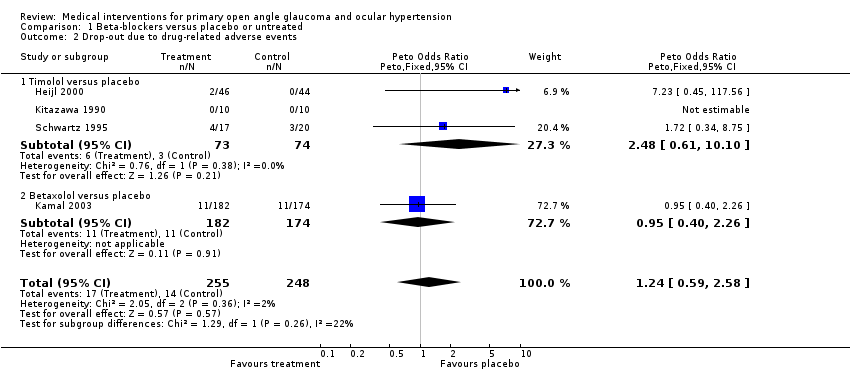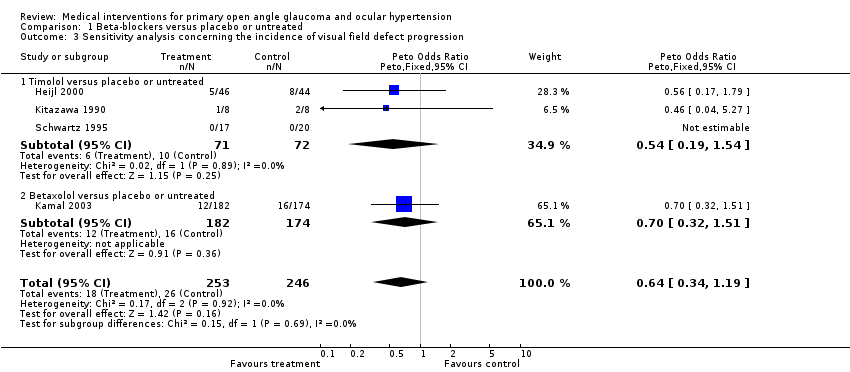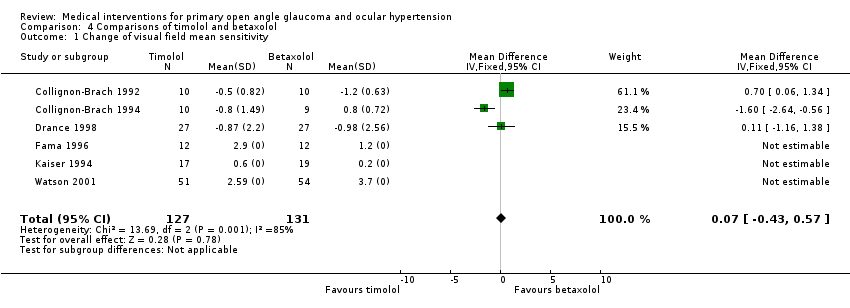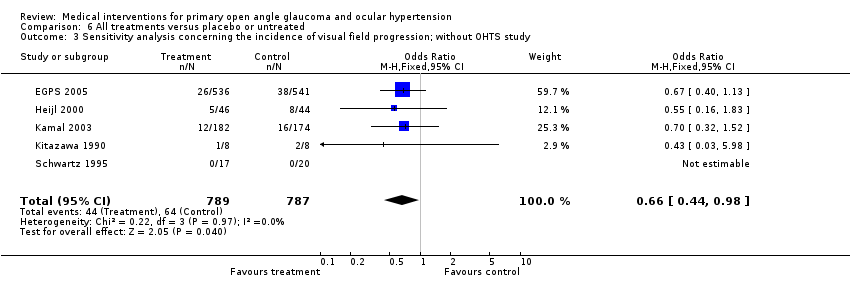Contenido relacionado
Revisiones y protocolos relacionados
Josefine Clement Freiberg, Alexander von Spreckelsen, Miriam Kolko, Augusto Azuara-Blanco, Gianni Virgili | 10 junio 2022
Jennifer Burr, Augusto Azuara‐Blanco, Alison Avenell, Anja Tuulonen | 12 septiembre 2012
Jimmy T Le, Amanda K Bicket, Lin Wang, Tianjing Li | 28 marzo 2019
Christiane R Rolim-de-Moura, Augusto Paranhos Jr, Mohamed Loutfi, David Burton, Richard Wormald, Jennifer R Evans | 9 agosto 2022
Linda Zhang, Jennifer S Weizer, David C Musch | 23 febrero 2017
Manuele Michelessi, Kristina B Lindsley | 12 febrero 2016
Dayse F Sena, Kristina Lindsley | 25 enero 2017
Thomas Sycha, Clemens Vass, Oliver Findl, Peter Bauer, Ilse Groke, Leopold Schmetterer, Hans‐Georg Eichler | 17 febrero 2010
Rory J Piper, Aristotelis V Kalyvas, Adam MH Young, Mark A Hughes, Aimun AB Jamjoom, Ioannis P Fouyas | 7 agosto 2015
Amanjeet Sandhu, Hari Jayaram, Kuang Hu, Catey Bunce, Gus Gazzard | 28 mayo 2021















